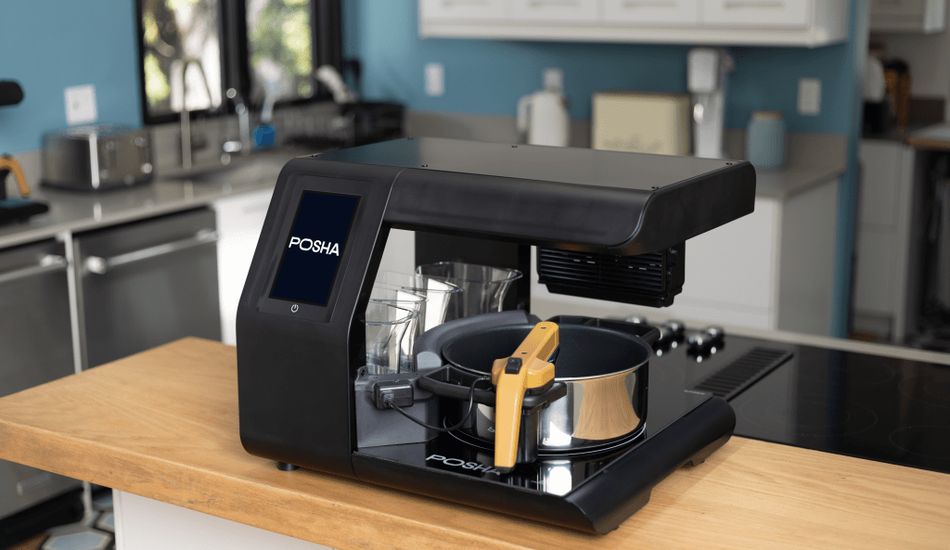
Posha: Your Countertop Robot Chef
In 2017, Raghav Gupta identified a common problem: the desire for home-cooked meals without the time commitment or expense of cooking or hiring a chef. His solution? Robotics. This led to the creation of Posha, a company that manufactures countertop robots capable of preparing meals using computer vision. Users select a recipe, add the necessary ingredients, and the robot takes care of the cooking process.
The system is designed for flexibility. Users can make ingredient substitutions, and precise measurements aren't strictly necessary. Gupta likens it to a "coffee machine for food," where users input ingredients and select a recipe for automated preparation.
A Helping Hand, Not a Replacement
While Posha significantly reduces cooking time, it's not entirely hands-off. Consumers still need to shop for ingredients and perform some basic preparation, such as chopping. This design choice targets a specific audience: those who already enjoy cooking but seek to streamline the process. For individuals who cook two to six times a week, Posha can cut down cooking time by 70%, reducing the daily kitchen time from an hour to just 10-20 minutes.
Initially conceived as a robotic arm, the design evolved after participation in Bosch's accelerator program. The focus shifted to a more user-friendly, easily cleanable countertop appliance. Posha maintains a strong customer relationship, prioritizing direct communication and feedback, building personal relationships with a significant portion of its customer base.
Growth and Future Plans
Priced at $1,750, Posha has primarily relied on word-of-mouth marketing. A recent $8 million Series A funding round will support further product development, including expanding the recipe library and integrating generative AI to quickly incorporate user-suggested recipes. The company's initial batch sold out quickly, and pre-orders for the second batch are underway. Gupta envisions Posha becoming a kitchen staple, ultimately transitioning from a countertop appliance to a built-in feature in new homes, mirroring the evolution of microwaves, dishwashers, and refrigerators.
Source: TechCrunch